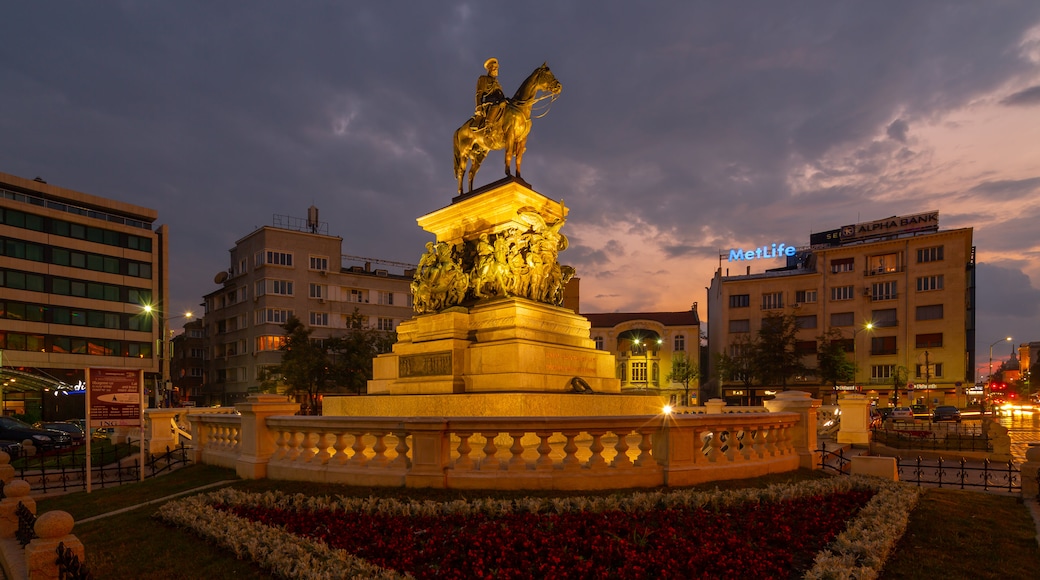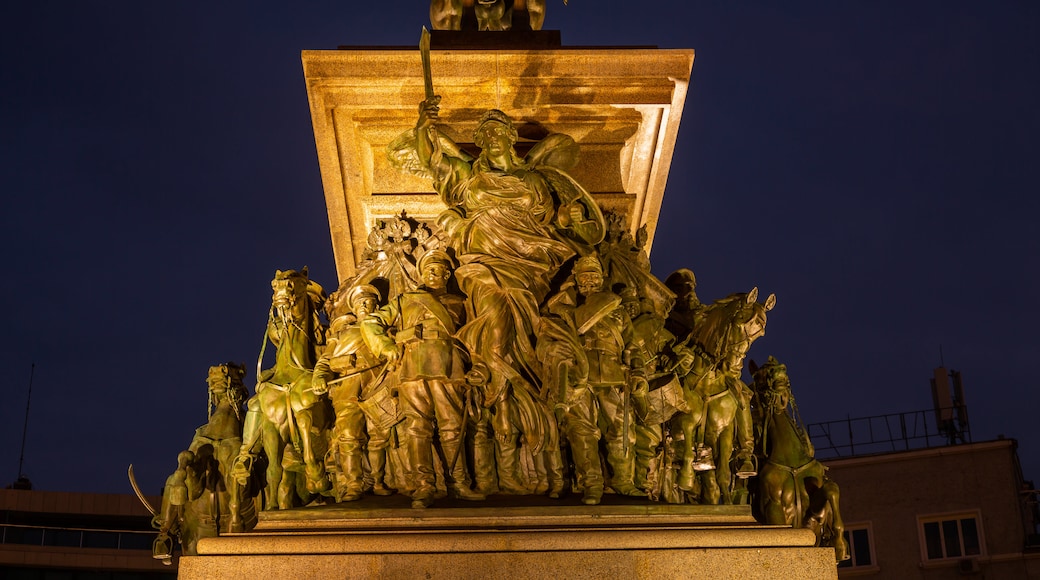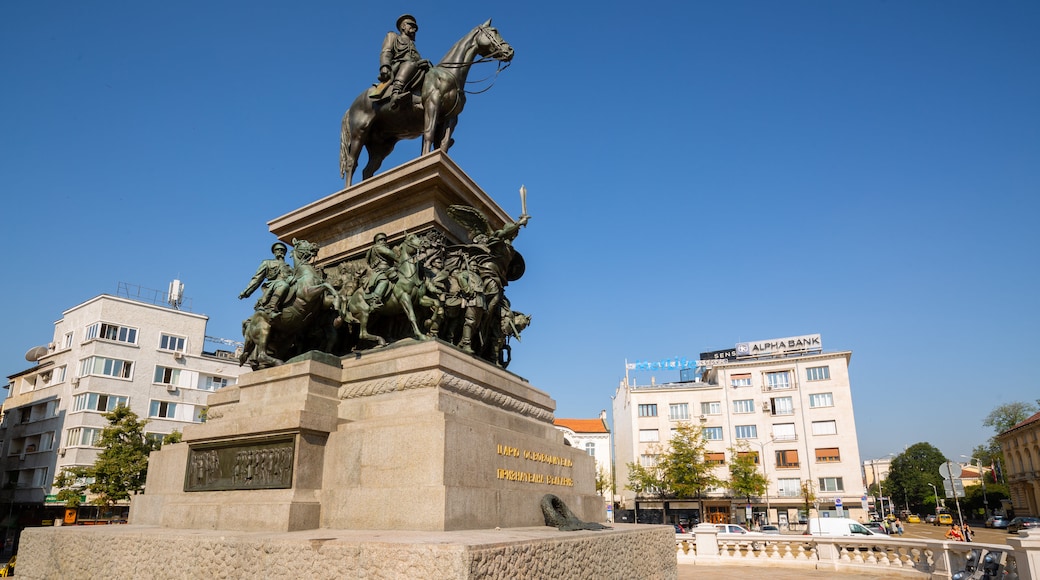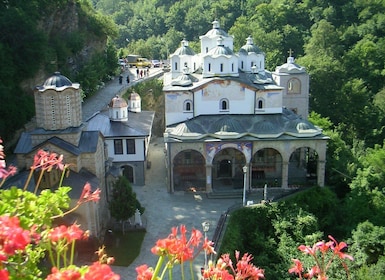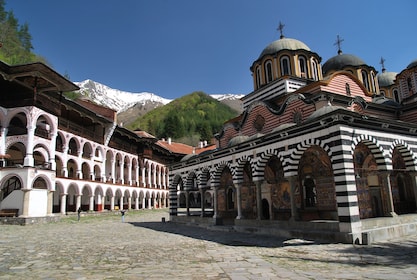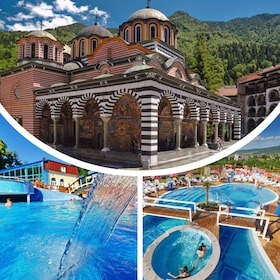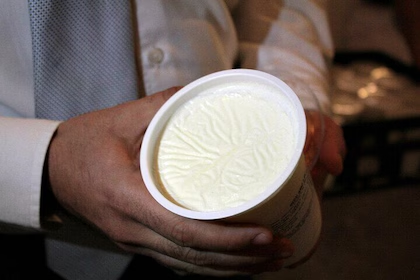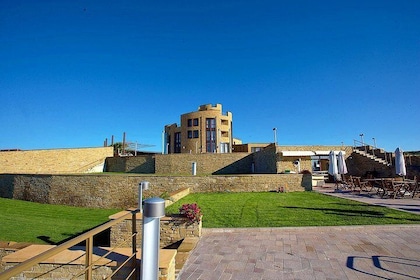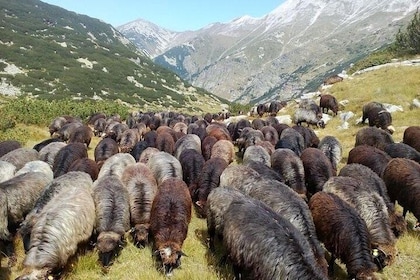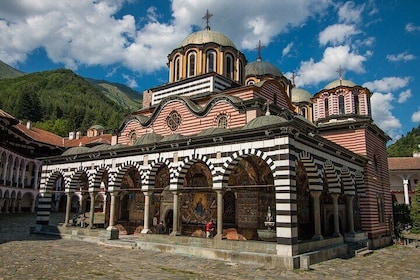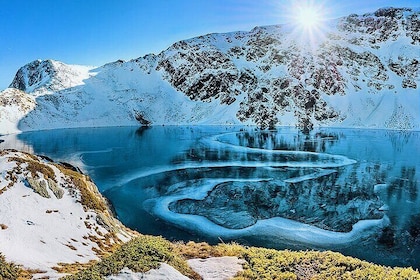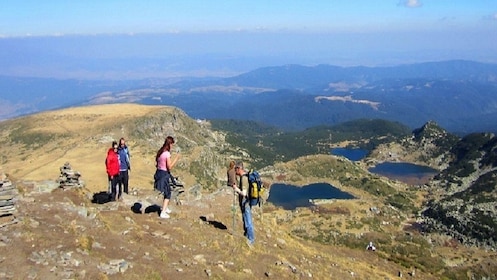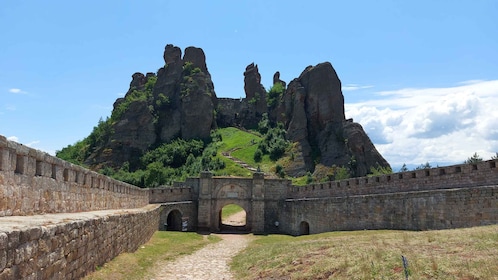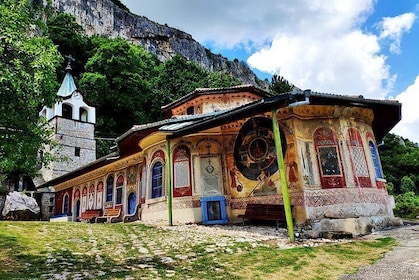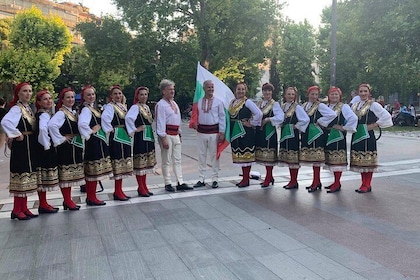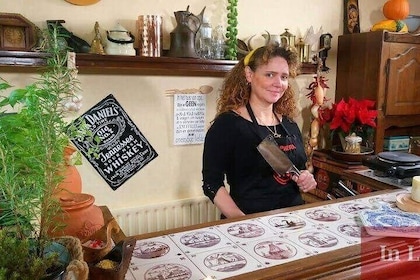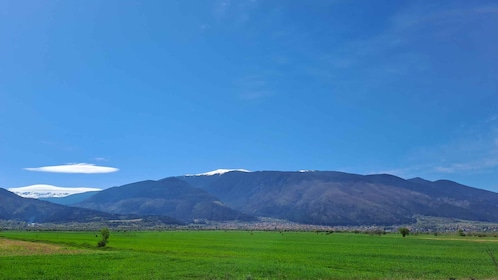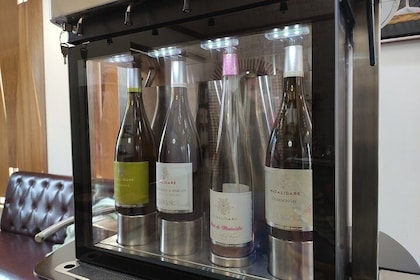The Monument to the Liberating Tsar stands splendidly in front of the National Assembly of Bulgaria and is a historical marker that honors Alexander II, the Russian Emperor of the late 1800s. Check out the elegant bronze statue of the tsar on horseback and an ornate bronze bas-relief that wraps around the black polished granite pedestal. See the statue’s decorative detailing that brings the story of the country’s struggle to life.
Stroll around the large semi-circular street that wraps around the monument. At the center of the arc is a square with a large pedestal surrounded by manicured gardens. Note the monument’s neoclassical-style layered structure. The monument was designed by Italian sculptor Arnoldo Zocchi and was completed in 1903.
At the base of the monument is a pedestal constructed of black granite from Vitosha, a mountain outside Sofia. Embedded in the stone are a series of bas reliefs that depict scenes such as the Battle of Stara Zagora and the agreement of the Treaty of San Stefano. You’ll also see portraits of prominent 19th-century figures. Above this is a magnificent wraparound bronze bas-relief of Russian and Bulgarian soldiers being guided by a goddess of victory, who brandishes a sword.
Gaze up to see the pedestal’s crowning monument, the statue of Russian Emperor Alexander II. This leader brought Bulgaria out of Ottoman Rule during the Russo-Turkish War of 1877-78. The emperor sits regally on his horse, bringing the monument to a towering height of nearly 46 feet (14 meters).
The Monument to the Liberating Tsar is located in the heart of Sofia’s historic center and faces the elegant building of Bulgaria’s National Assembly. The monument is free to visit at any time of the day. A short distance away, you’ll find the Cathedral of St. Alexander Nevski, the National Academy of Art, the National Art Gallery and St. Sofia Church. The nearest subway station is the Sofia University St. Kliment Ohridski, which is a few minutes’ walk to the southeast of the monument.
